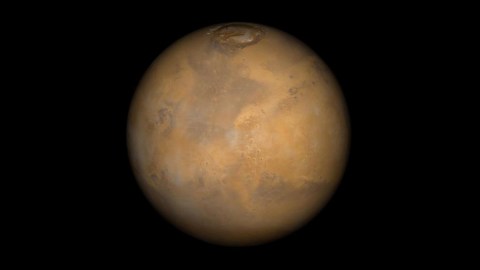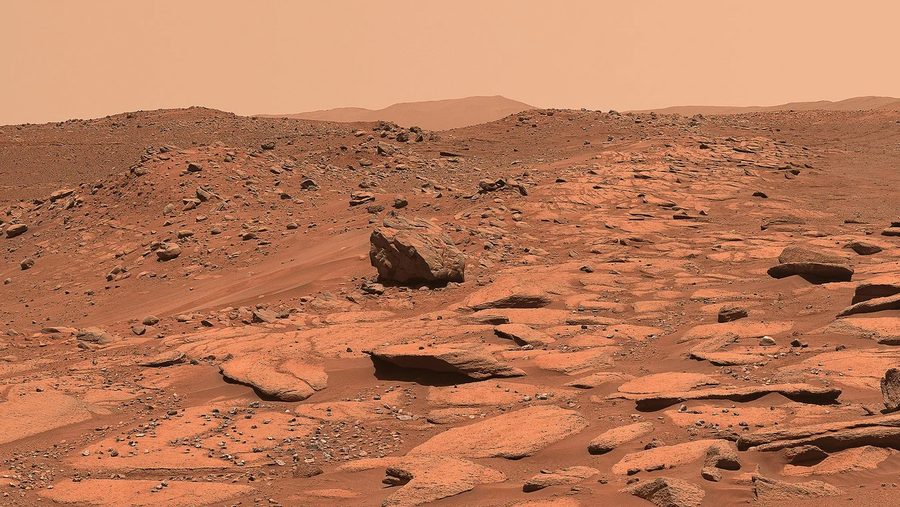Mars pole may be hiding salty lakes and life, find researchers

Credit: NASA/JPL/MSSS
- Italian scientists release findings of a large underground lake and three ponds below the South Pole of Mars.
- The lake might contain water, with salt preventing them from freezing.
- The presence of water may indicate the existence of microbial and other life forms on the planet.
Scientists revealed the possibility that salty ponds and a large underground lake may be hiding underneath the South Pole of Mars. Could it be teeming with Martian life? Italian scientists think it’s possible.
In a new study, a team of researchers reported findings that followed the discovery of a large underground lake, detected two years ago. Since that time, the team has expanded the search area by hundreds of miles and used 9 years worth of radar data (2010-2019) from the European Space Agency’s Mars Express orbiter.
The team led by Sebastian Emanuel Lauro from Roma Tre University used a radar technique that’s been employed on Earth to find lakes deep under the Antarctic and Canadian Arctic. Called Mars Advanced Radar for Subsurface and Ionosphere Sounding (MARSIS), the method relies on sound waves bouncing off different materials on a planet’s surface to indicate what kind of object it might be – rock, ice, etc., as reports Nature.
The results provide more support for the existence of a lake about a mile under the ice of the South Pole. While the previous research on the lake was based on 29 observations, the new study relied on a dataset that included 134 more recent observations.
The lake is approximately 12 to 18 miles across, propose the scientists. Next to the lake, the researchers detected three other bodies of water – possible smaller ponds, each over a mile wide. Overall, the area with potential water is about 29,000 square miles – about one-fifth the size of Germany.
“We identified the same body of water, but we also found three other bodies of water around the main one,” explained the paper’s co-author planetary scientist Elena Pettinelli from the University of Rome, adding: “It’s a complex system.”
Mars colony: Humanity’s greatest quest | Michio Kaku, Bill Nye, & more | Big Thinkwww.youtube.com
The presence of so much water on Mars offers tantalizing speculation on the potential microbial life that may be living inside it. The salt content of the lake is likely keeping the frigid water from freezing. It is estimated to be as low as 172 degrees Fahrenheit (- 113 degrees Celsius) on the surface of Mars’s South Pole.
Future missions are bound to target this area for further investigation.





